Gold vs. Other Precious Metals: Which is the Better Investment?
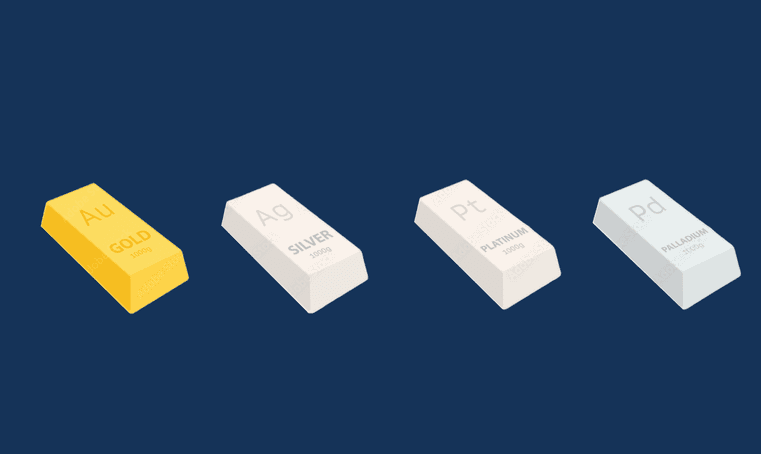
Gold vs. other precious metals: understanding their differences as investment options and how they can help you diversify your portfolio and savings.
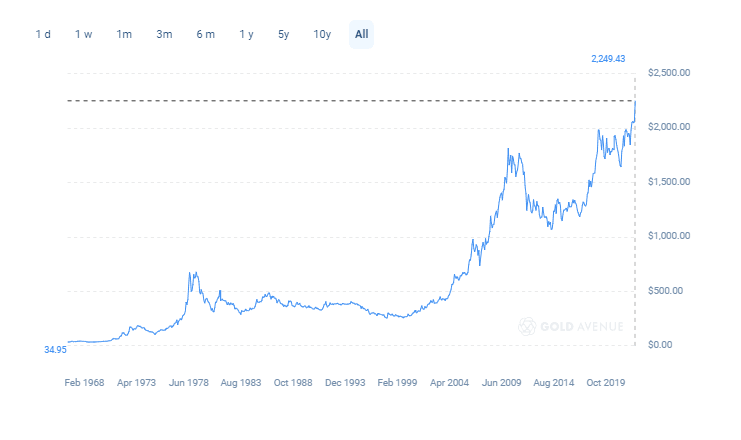
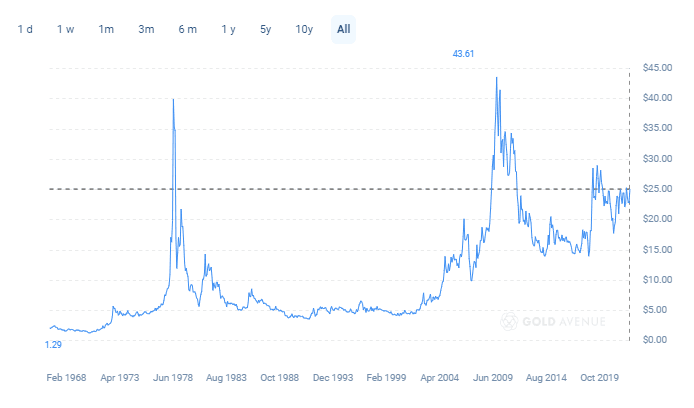

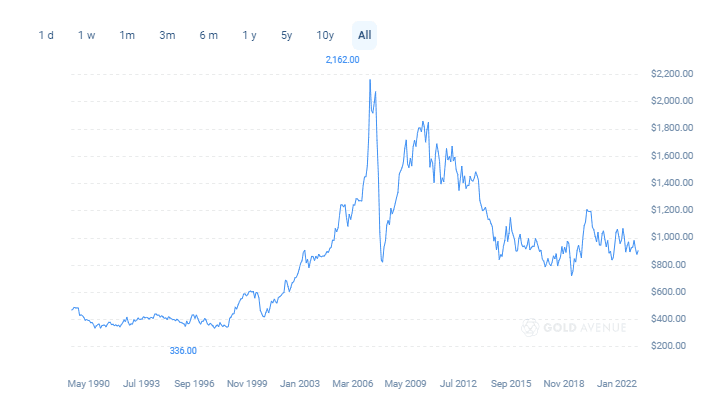
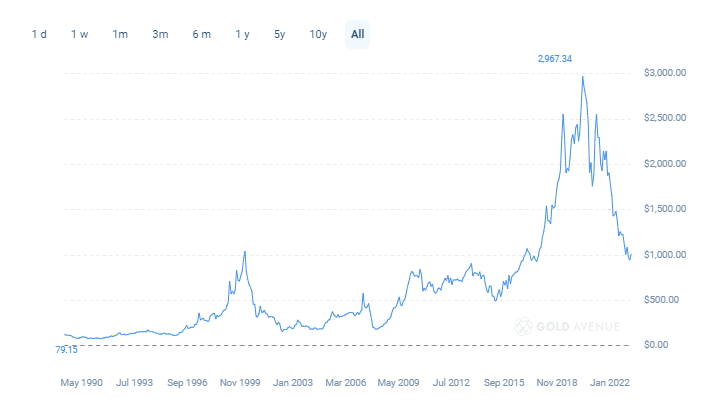


Gold vs. other precious metals: understanding their differences as investment options and how they can help you diversify your portfolio and savings.





